USD 78,745
USD 80,903


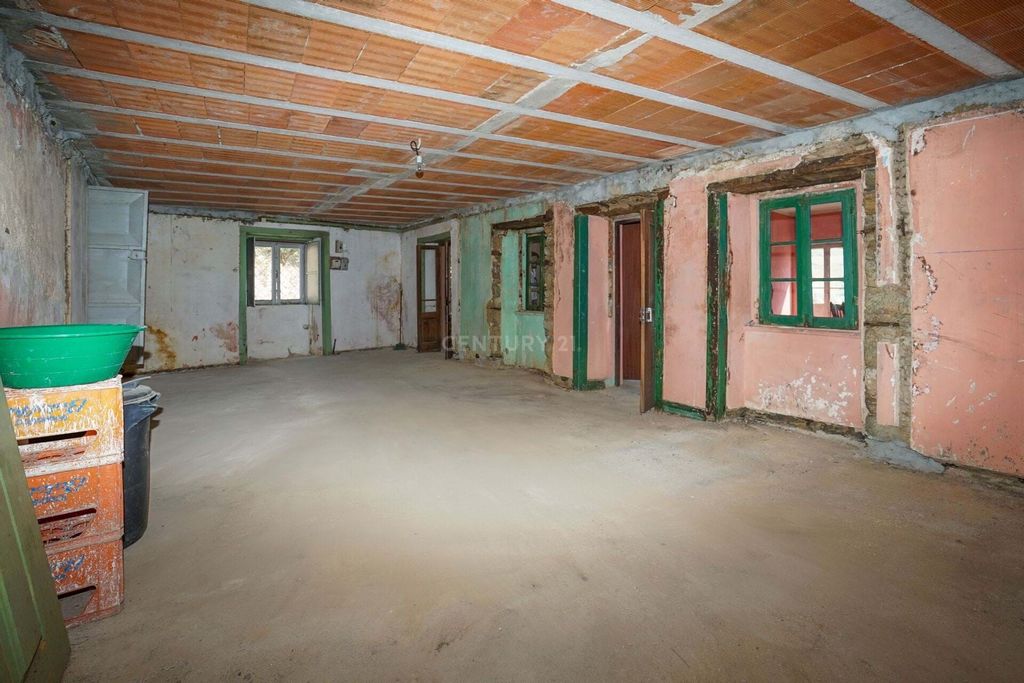
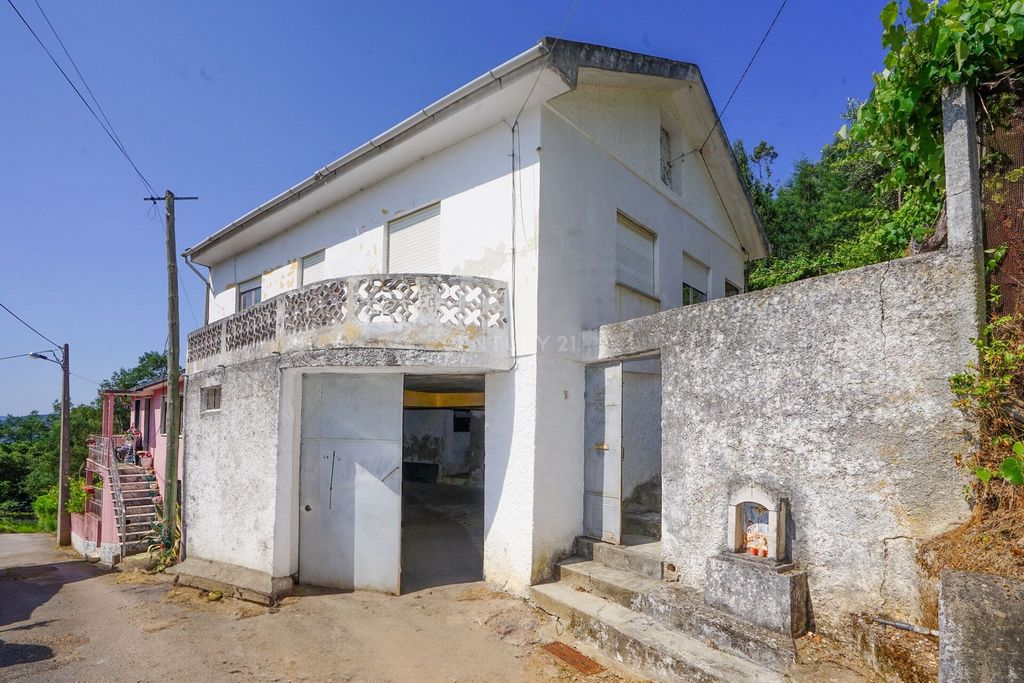

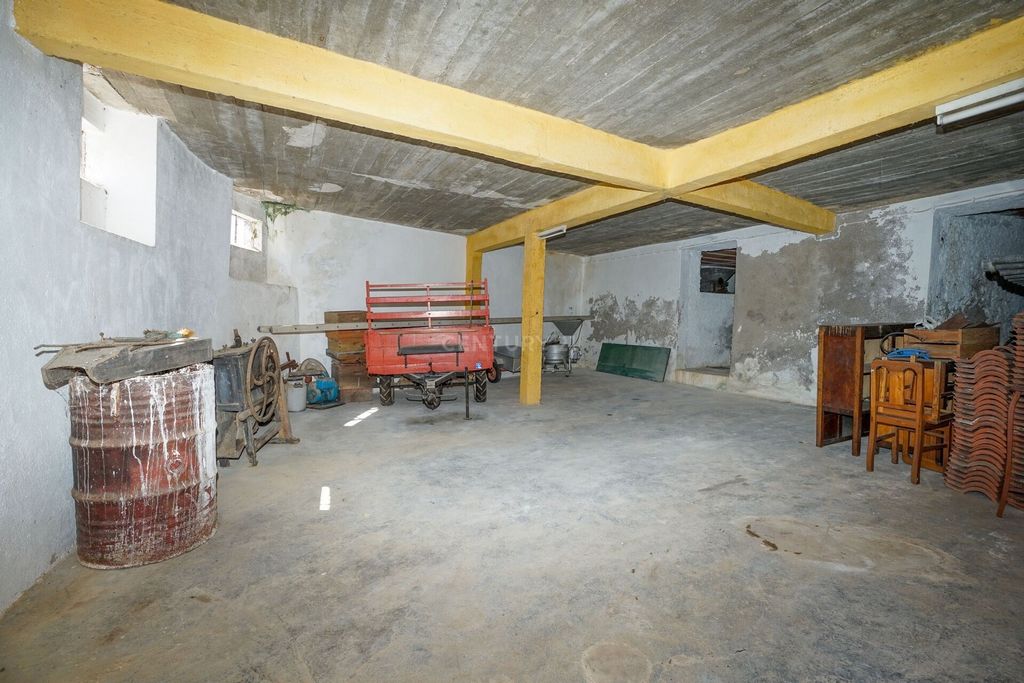


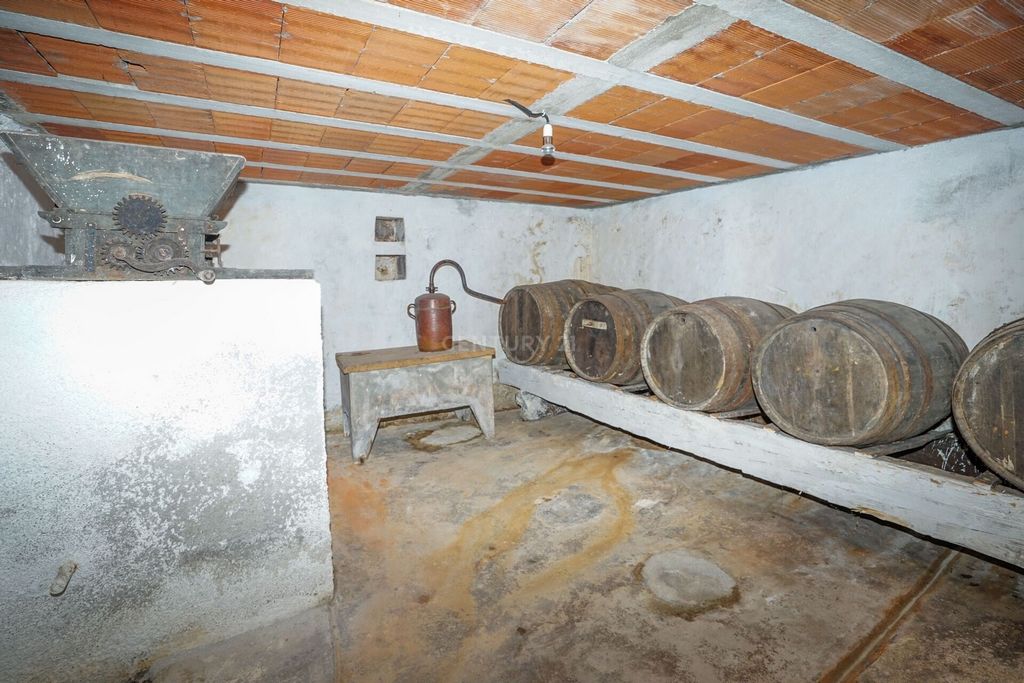
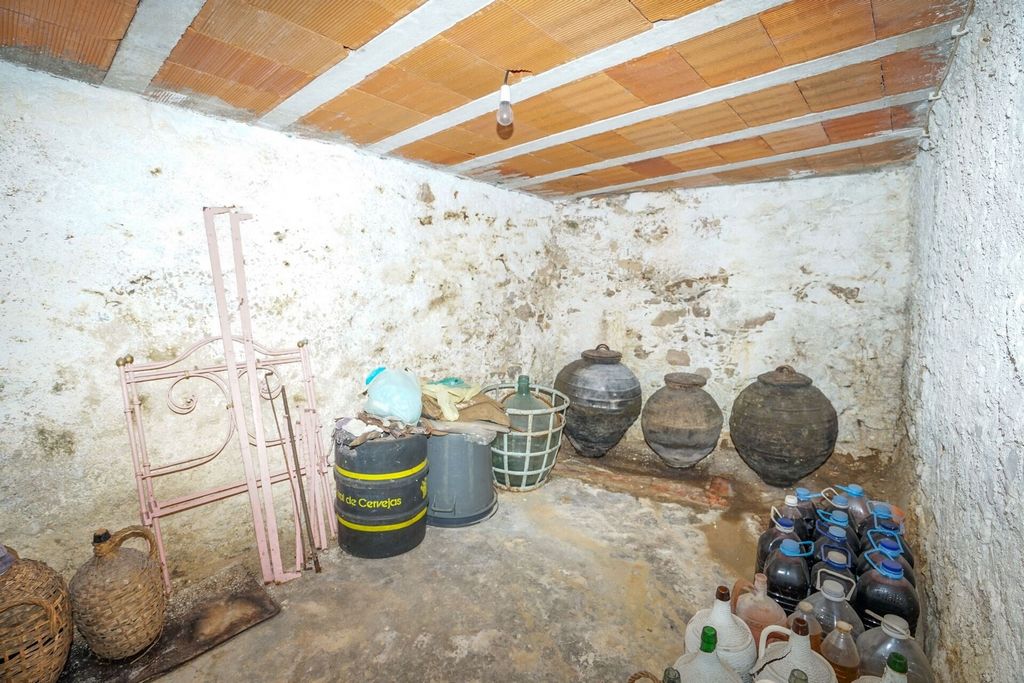


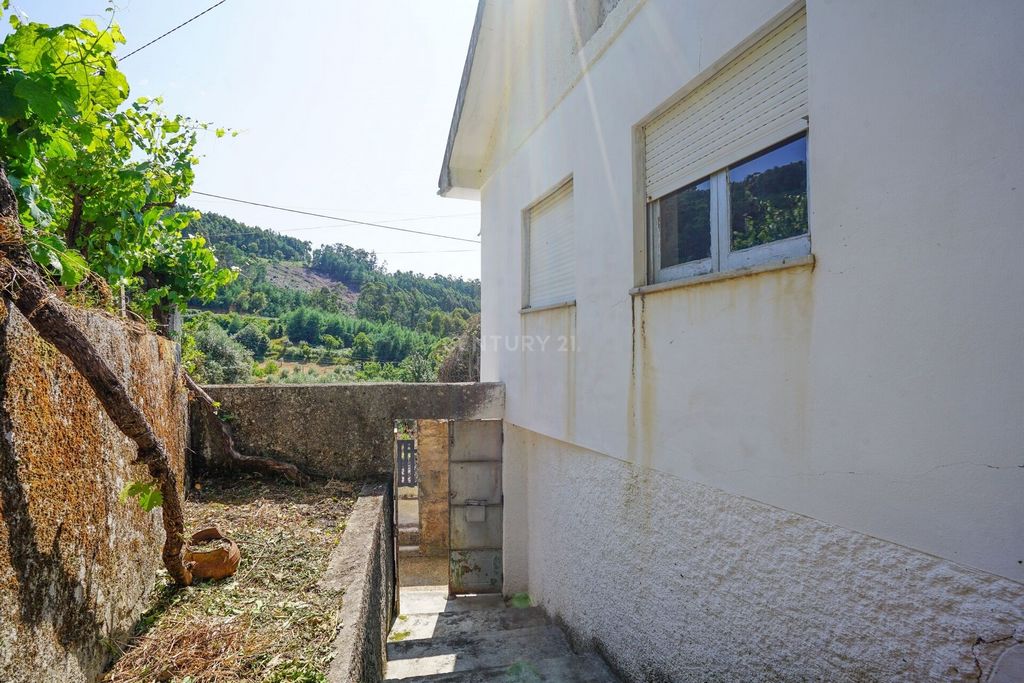







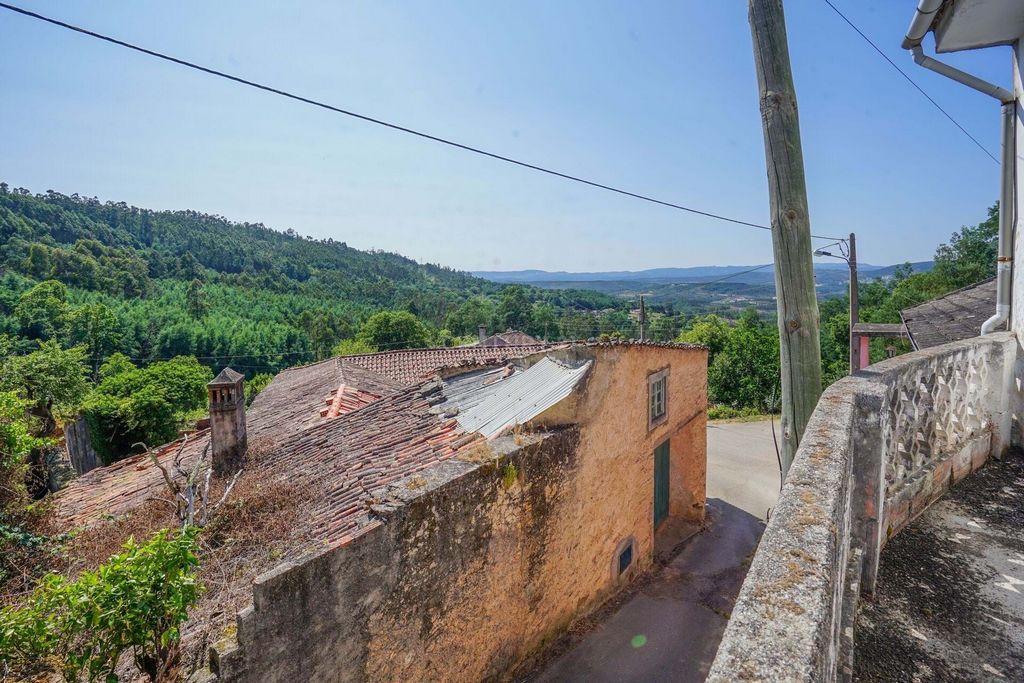

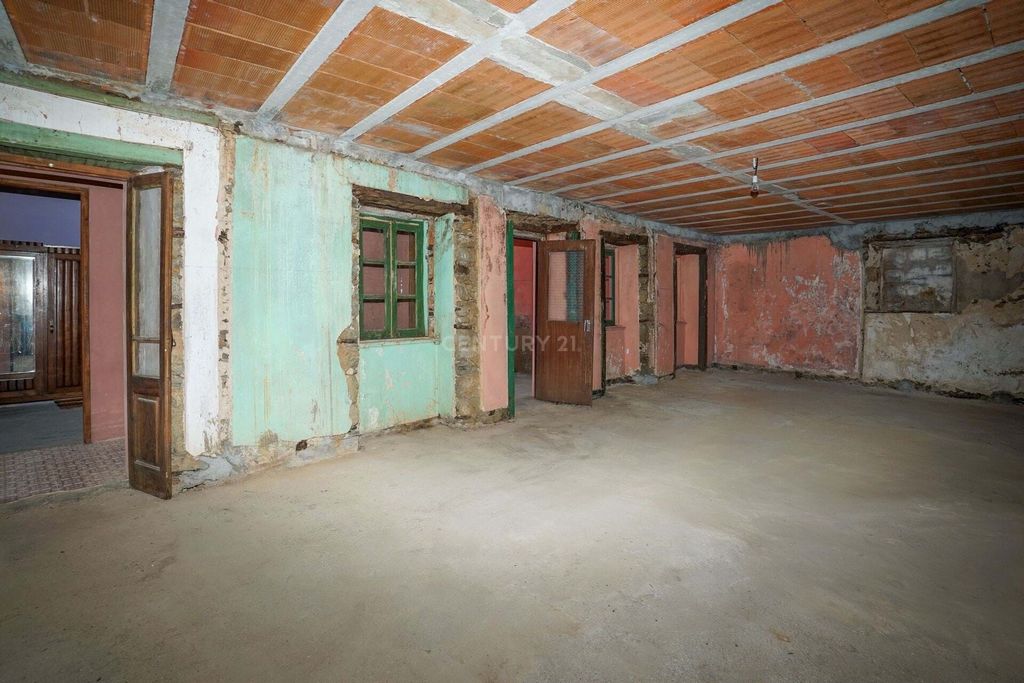

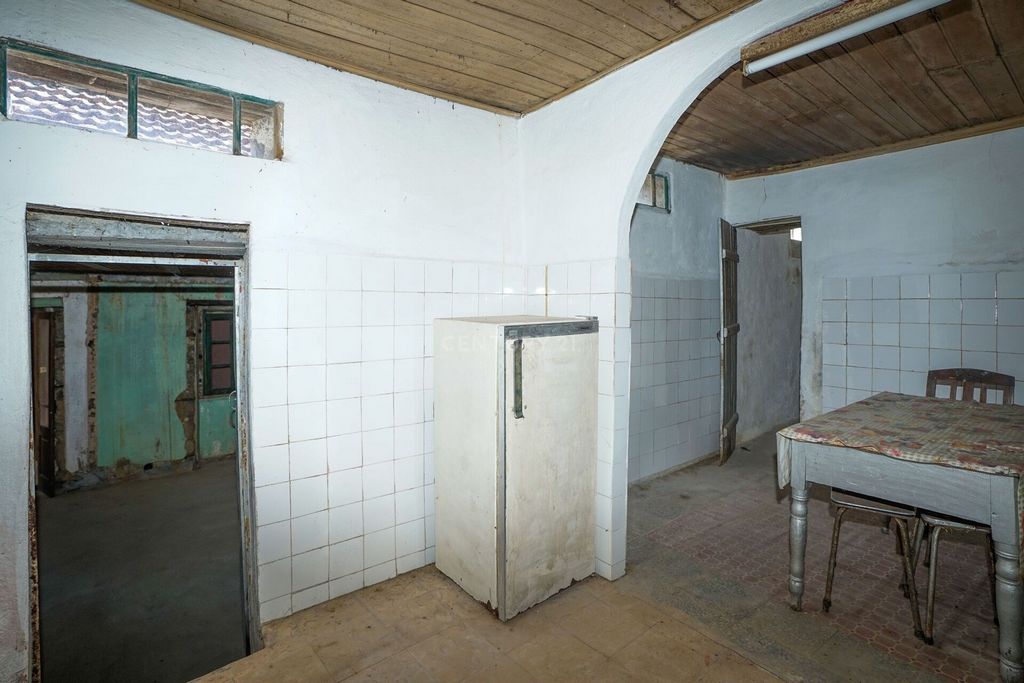

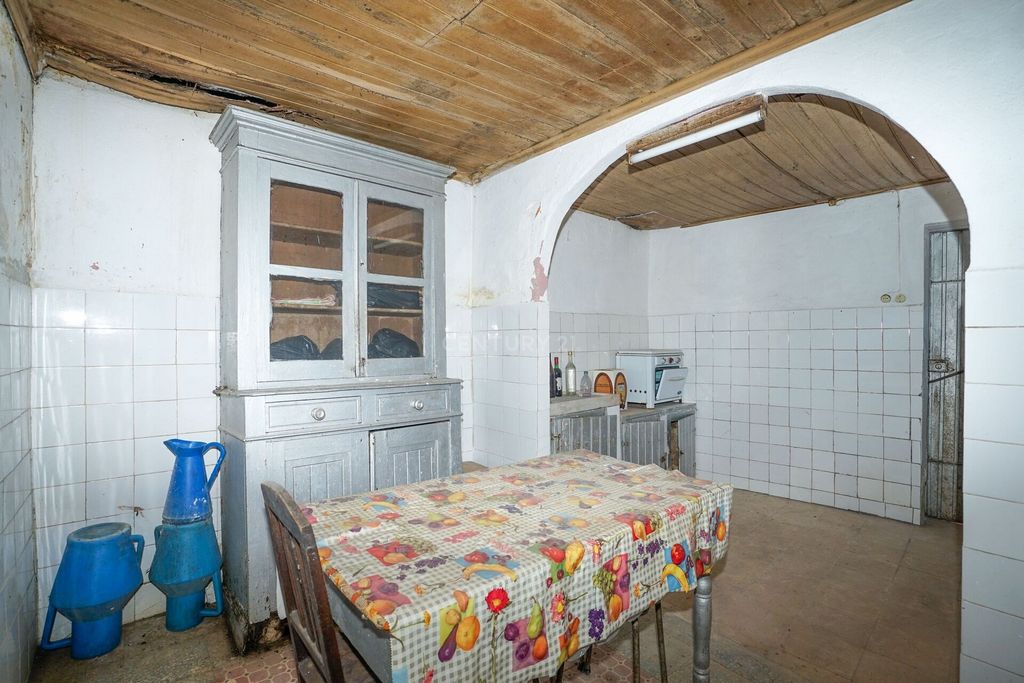
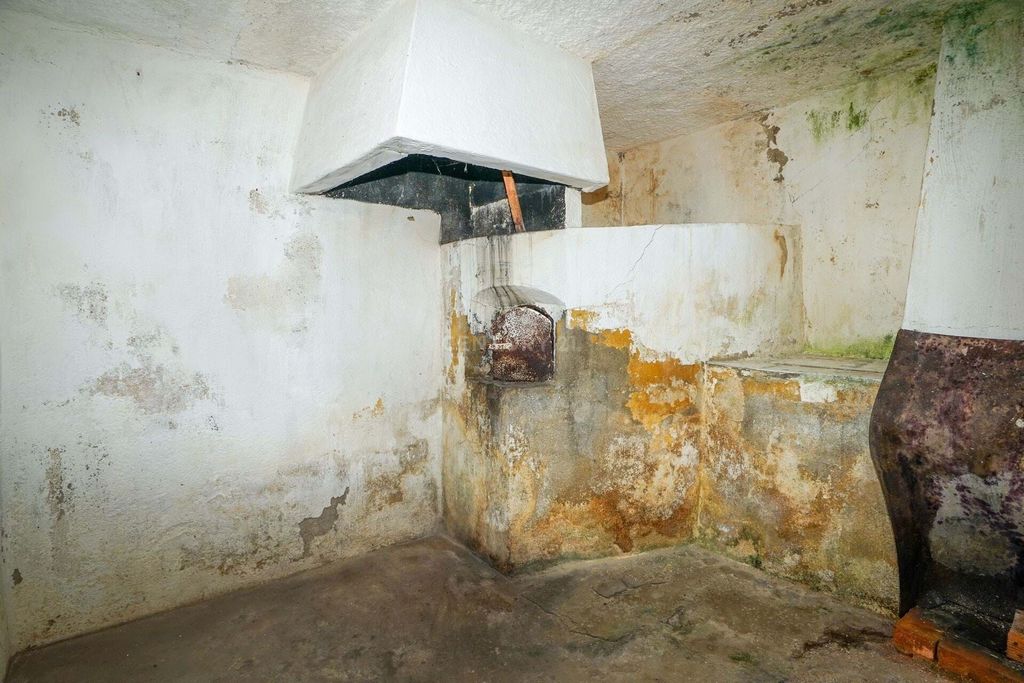

| City |
Avg price per sqft house |
Avg price per sqft apartment |
|---|---|---|
| Coimbra | USD 148 | USD 263 |
| Coimbra | USD 167 | USD 282 |
| Condeixa-a-Nova | - | USD 188 |
| Oliveira do Bairro | USD 145 | - |
| Leiria | USD 151 | USD 227 |
| Castelo Branco | USD 124 | - |
| Aveiro | USD 212 | USD 366 |
| Albergaria-a-Velha | USD 141 | USD 223 |
| Ílhavo | USD 207 | USD 267 |
| Gafanha da Nazaré | - | USD 263 |
| Castelo Branco | USD 120 | - |
| Portugal | USD 267 | USD 364 |
| Viseu | USD 149 | USD 198 |
| Aveiro | USD 179 | USD 318 |